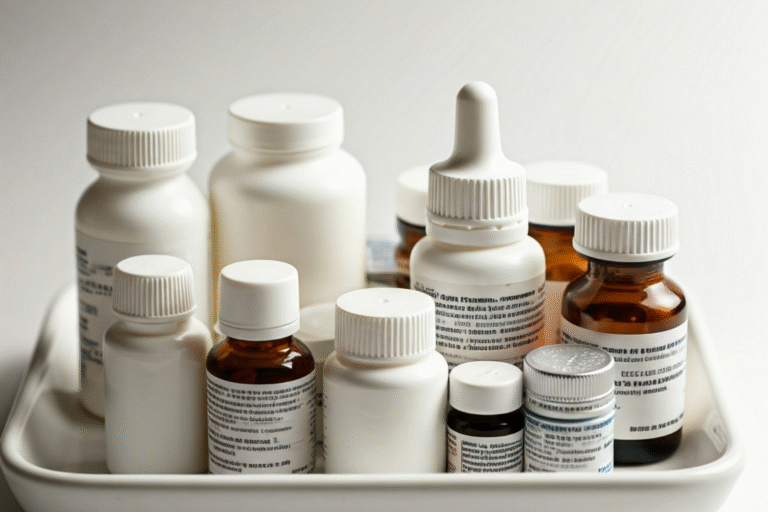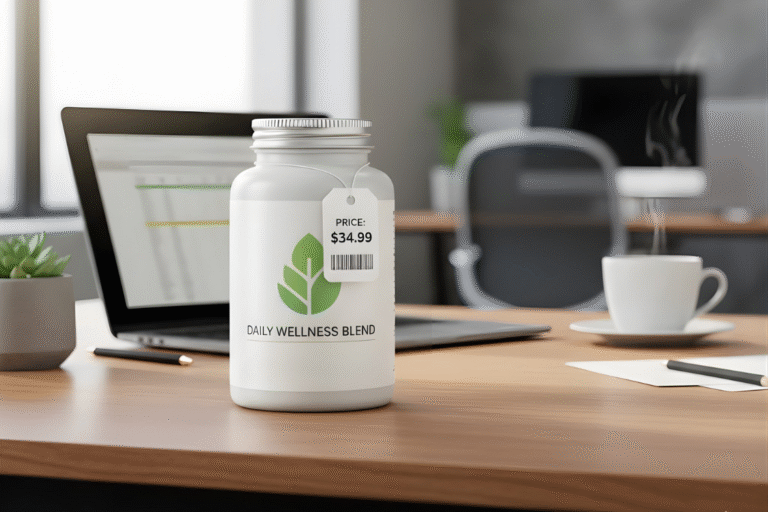Fitness recovery supplements are in high demand as athletes and fitness enthusiasts increasingly focus on optimizing their post-workout recovery. Effective recovery impacts muscle repair, exercise performance, and overall fitness goals, making it essential for reducing muscle soreness and supporting tissue repair after intense exercise.
By addressing the needs of active recovery and post-workout care, nutrition brands can create high-quality products that promote workout recovery, improve recovery times, and build trust with consumers who seek reliable solutions for achieving their fitness gains.

Understanding Fitness Recovery Supplements
Many fitness recovery supplements contain ingredients intended to support muscle repair, address inflammation, and replenish essential nutrients lost during physical activity. These products may also support tissue recovery and address muscle soreness after intense exercise.
These supplements are critical in enhancing workout recovery by minimizing post-exercise muscle soreness and improving the recovery process. They help athletes prepare for their next workout by supporting muscle growth, maintaining energy levels, and reducing recovery time after a tough workout.
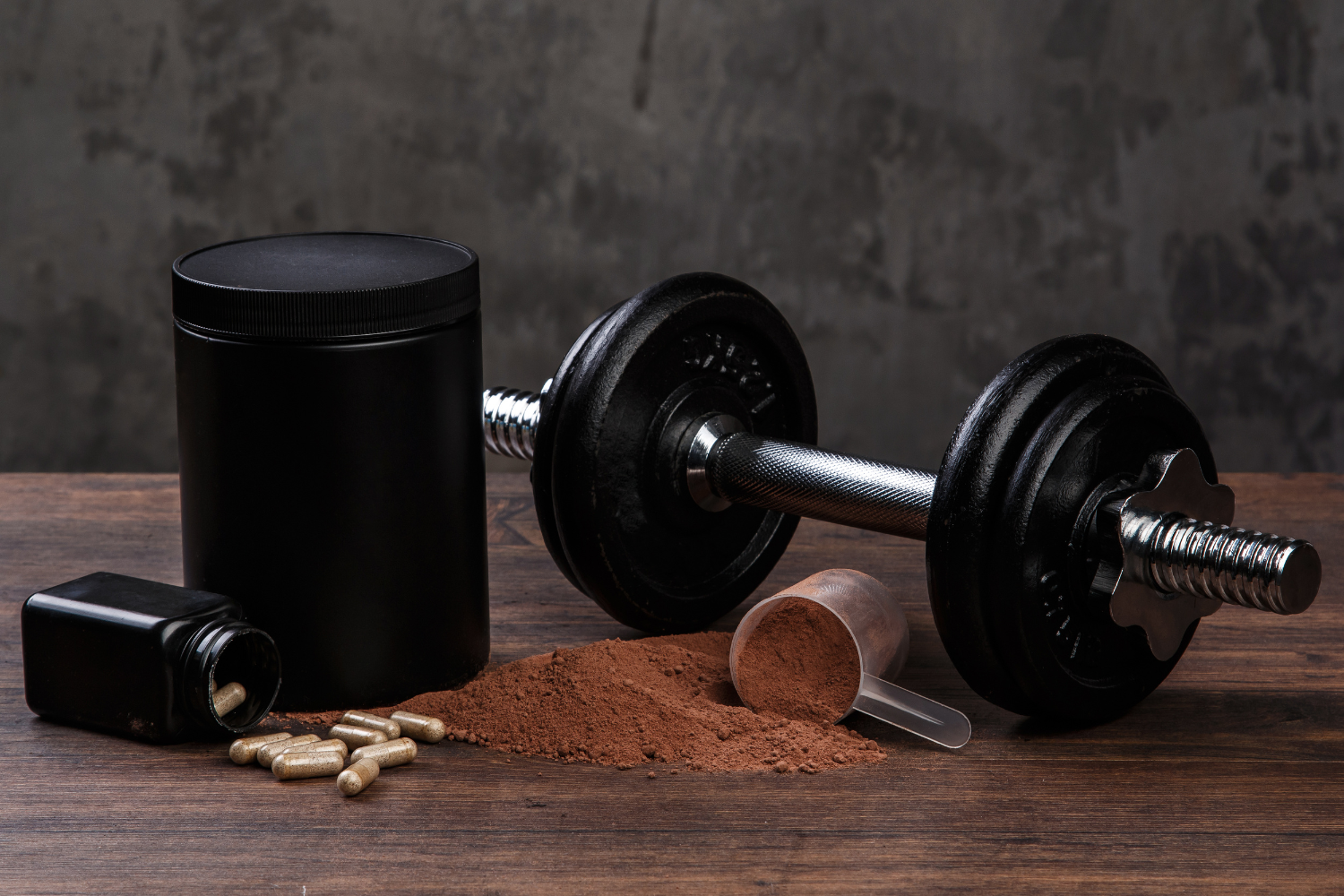
Common Use Cases
Fitness recovery supplements are versatile and cater to a range of needs in exercise training and recovery:
- Supporting muscle recovery after strength training or high-intensity workouts by promoting tissue repair and reducing delayed onset muscle soreness.
- Replenishing electrolytes and energy for endurance athletes, helping restore glycogen stores and maintain hydration.
- Reducing inflammation and promoting joint health in active individuals, ensuring better mobility and less discomfort during physical activity.
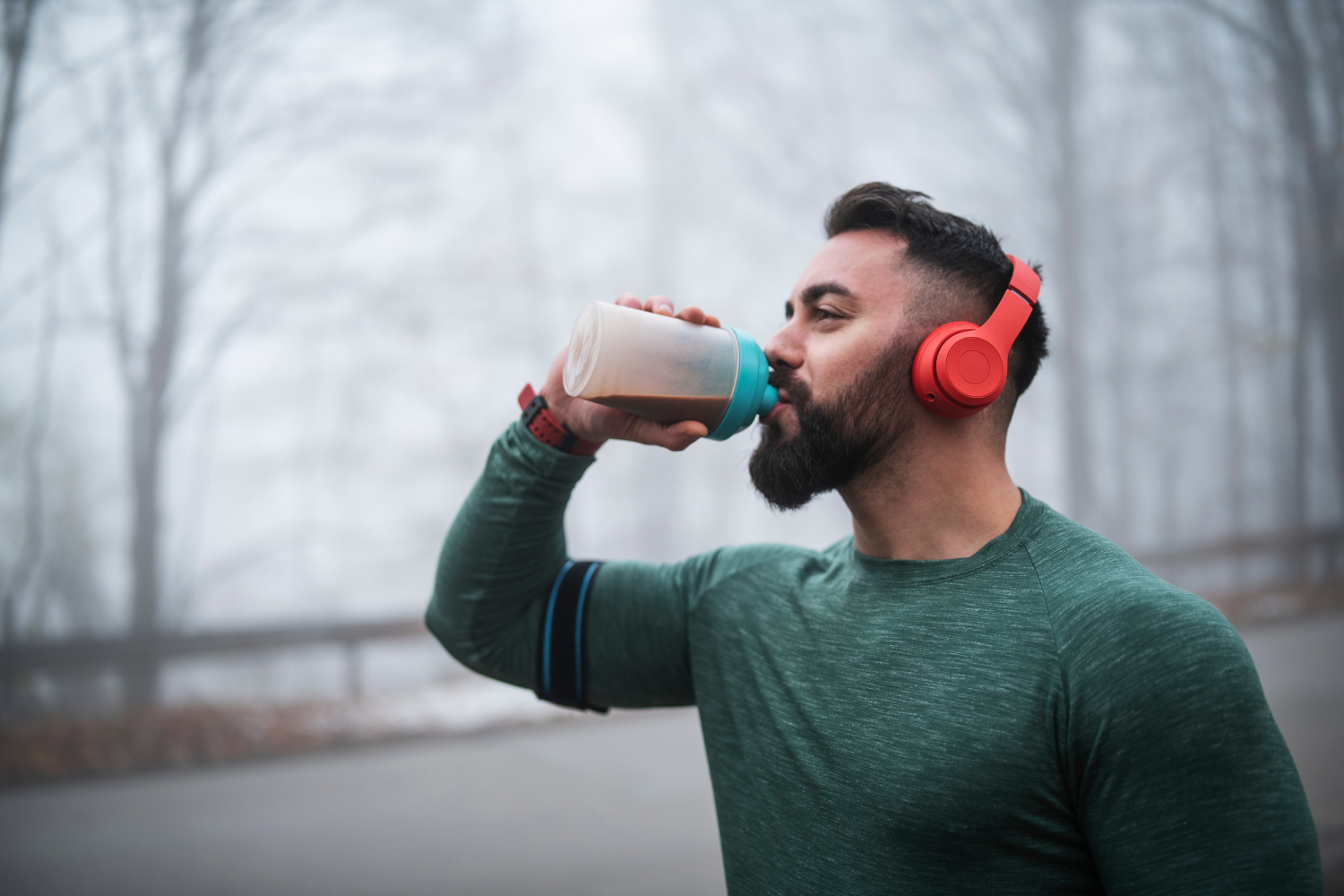
Common Types of Fitness Recovery Supplements
Fitness recovery supplements are available in various convenient formats to meet different consumer needs:
- Powders: Perfect for blending into protein shakes or beverages, offering a mix of proteins, essential amino acids, and electrolytes to improve recovery.
- Capsules/Tablets: Compact and convenient options for targeted nutrients like turmeric for inflammation or fish oil for joint health.
- Ready-to-Drink Beverages: Pre-mixed drinks combining proteins, carbs, and recovery-boosting electrolytes, ideal for post-workout hydration.
- Bars: Balanced snacks deliver proteins, carbs, and key nutrients to reduce muscle damage and support recovery on the go.
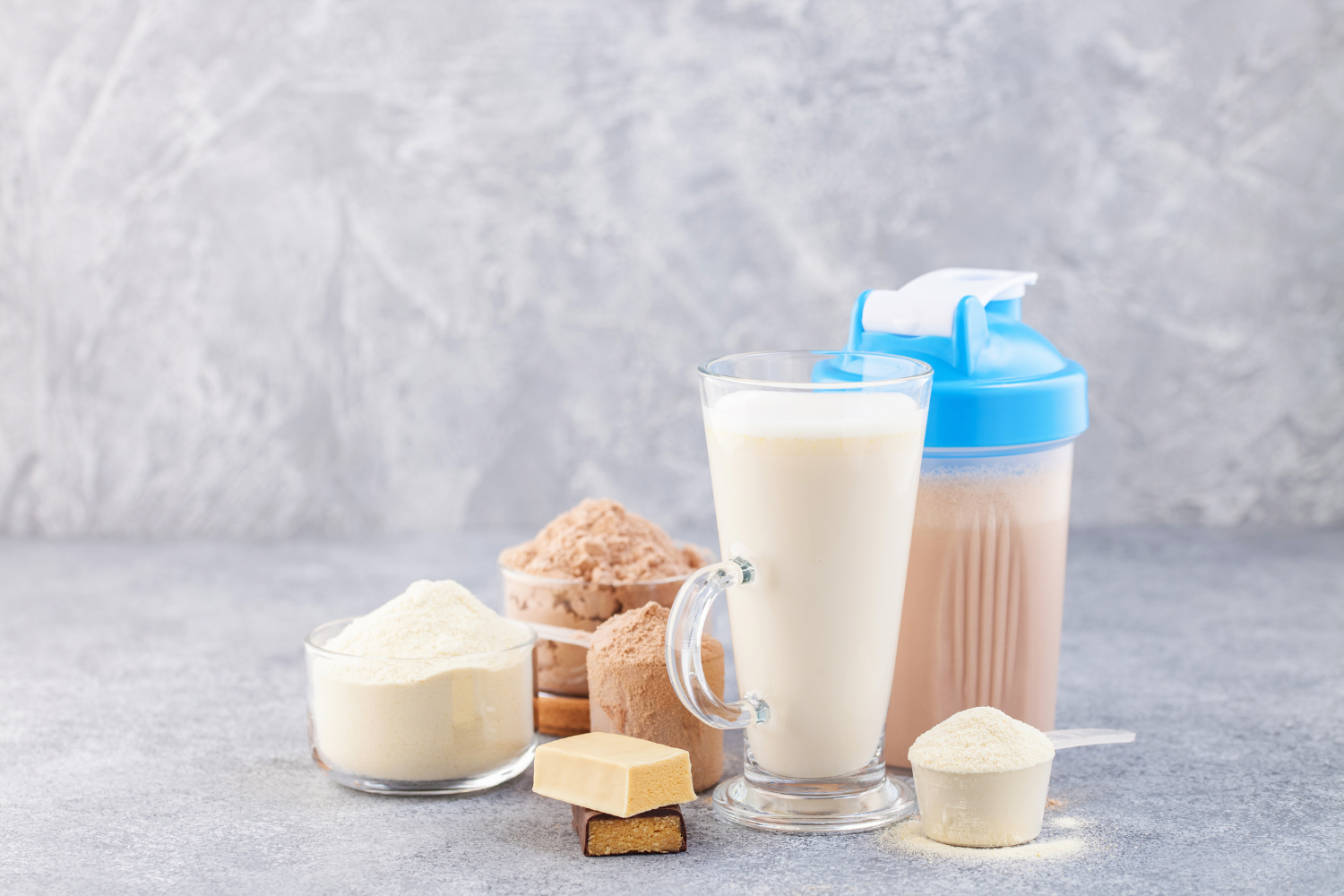
Benefits of Offering Fitness Recovery Supplements
Fitness recovery supplements offer numerous benefits for consumers and brands, from enhancing athletic performance to meeting market demands for innovative sports nutrition solutions.
Meeting Consumer Demand for Performance Optimization
Recovery has become a vital part of fitness routines as athletes and fitness enthusiasts recognize its impact on achieving long-term fitness gains. Effective recovery supplements help reduce muscle soreness, improve recovery time, and support overall exercise performance.
Products designed to address post-workout needs enable consumers to return to their next workout stronger and more prepared. These supplements are especially valued for helping muscles recover after intense exercise, supporting endurance athletes, and enhancing physical activity outcomes.
Expanding Product Lines for Active Consumers
Adding fitness recovery supplements to your product portfolio can complement offerings like pre-workout formulas, energy boosters, and hydration products. These supplements provide a complete solution for consumers to optimize their exercise programs and recovery process.
There are also opportunities to bundle recovery supplements with protein powders, endurance gels, or great post-workout snacks, creating packages that meet multiple fitness goals. This approach appeals to active consumers who want convenient, all-in-one solutions for their fitness journey.
Building Brand Credibility with Proven Formulas
Consumers trust brands that use scientifically backed ingredients like whey protein, BCAAs, and electrolytes to deliver effective recovery. These components help reduce post-exercise muscle soreness, support tissue repair, and improve exercise training outcomes.
Certifications like GMP, NSF for Sport, and non-GMO provide additional credibility, assuring customers that your products meet high-quality standards. Highlighting these certifications can build trust with health-conscious and performance-driven audiences.
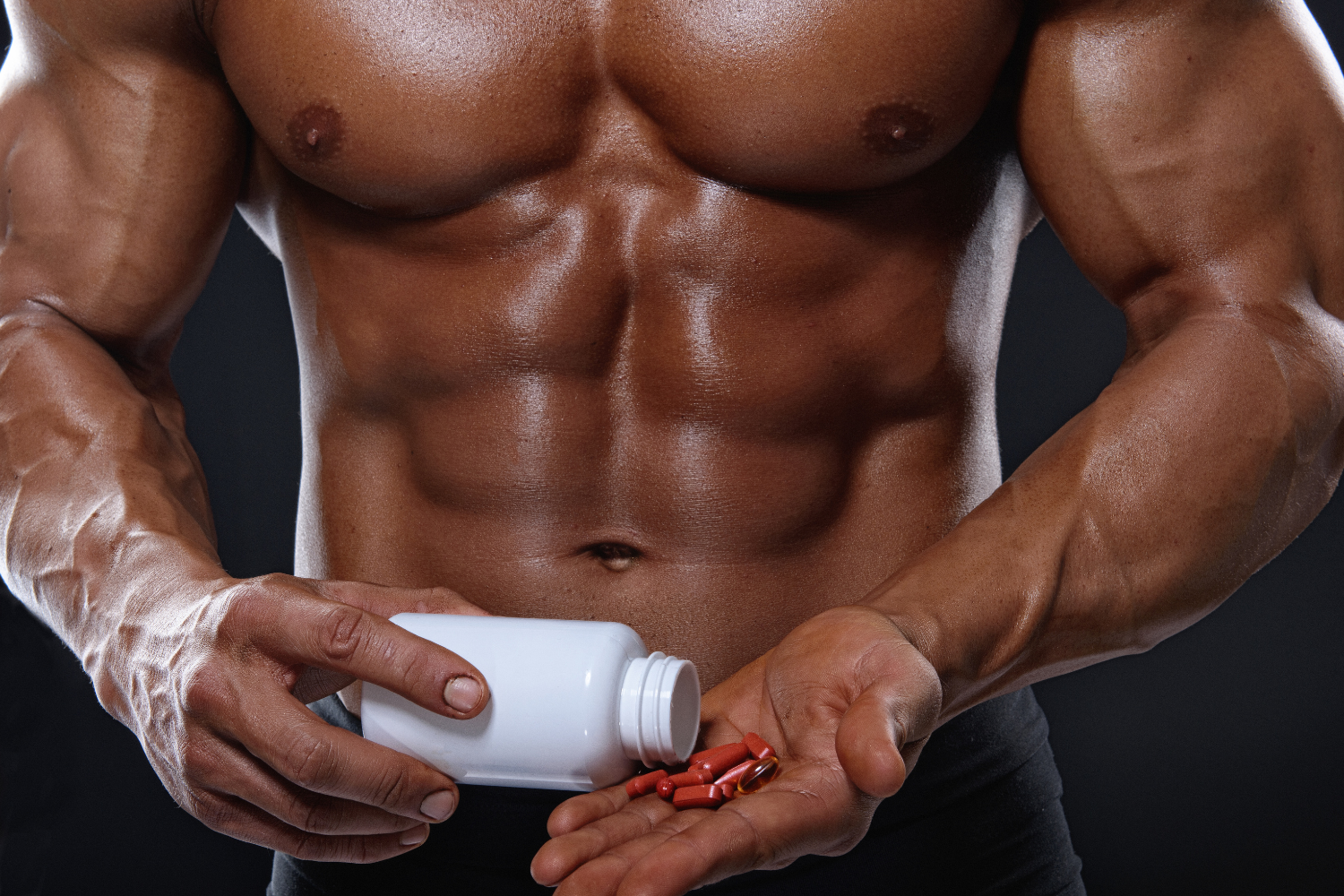
Key Ingredients in Fitness Recovery Supplements
High-quality fitness recovery supplements are powered by key ingredients that support muscle repair, energy replenishment, hydration, and overall recovery.
Muscle Repair and Growth
Whey Protein Isolate is a fast-absorbing protein that provides essential amino acids to promote muscle repair and growth. It supports protein synthesis and helps reduce muscle damage caused by intense workouts.
Branched-chain amino Acids (BCAAs) reduce delayed-onset muscle soreness and improve muscle recovery. These amino acids are particularly beneficial for athletes undergoing high-intensity or endurance exercise.
Energy Replenishment
Carbohydrates like maltodextrin and dextrose are vital for replenishing glycogen stores depleted during tough workouts. These fast-digesting carbs restore energy levels, preparing the body for the next workout.
Creatine Monohydrate is known for replenishing energy stores in muscles, which may support exercise performance and recovery efforts.
Hydration and Electrolyte Balance
Electrolytes, including sodium, potassium, and magnesium, are key in maintaining hydration and replacing minerals lost through sweat during physical activity.
Coconut Water Powder offers a natural source of electrolytes, helping to balance hydration and promote better recovery after intense exercise.
Anti-Inflammatory and Recovery Support
Turmeric, rich in curcumin, is studied for its potential anti-inflammatory properties and its role in supporting joint health in active individuals.
Omega-3 Fatty Acids are studied for their potential to reduce inflammation, which may aid in post-exercise recovery and muscle soreness management.
Specialty Ingredients
L-glutamine supports immune function and helps reduce muscle fatigue, making it essential for athletes experiencing increased stress from intense training programs.
Tart Cherry Extract is being researched for its potential to reduce muscle soreness and support recovery time, making it a promising addition to fitness recovery supplements.
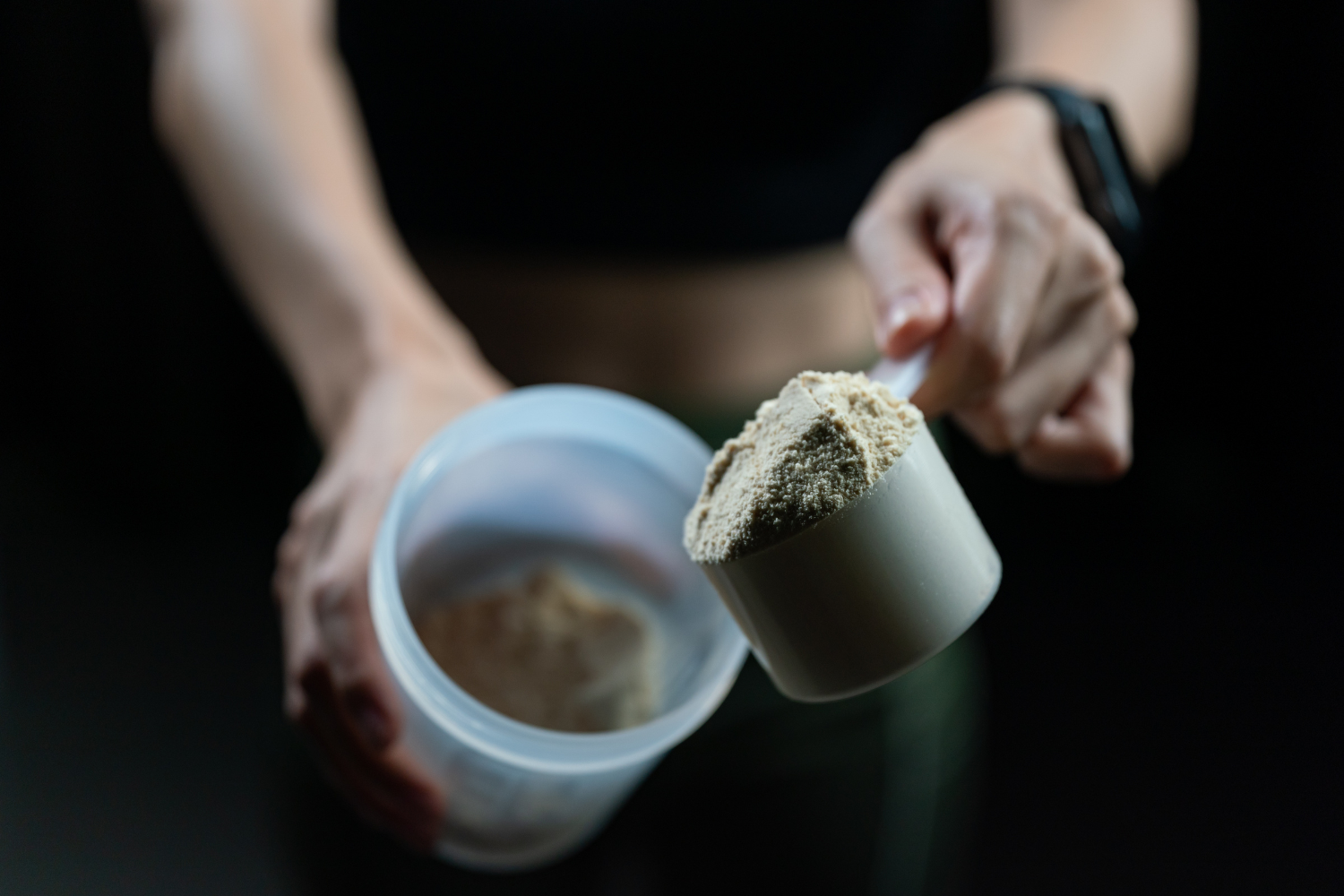
Steps for Nutrition Brands to Develop Fitness Recovery Supplements
Developing effective fitness recovery supplements involves understanding consumer needs, sourcing quality ingredients, and creating appealing products tailored to recovery goals.
Conduct Market Research to Identify Consumer Needs
Start by identifying target demographics, such as strength trainers seeking muscle repair, endurance athletes requiring glycogen replenishment, or weekend warriors aiming to reduce muscle soreness. Understanding these groups helps tailor products to specific recovery needs.
Research trends in fitness recovery, such as plant-based protein blends for muscle repair or clean-label hydration solutions featuring electrolytes and coconut water powder. Staying informed about these preferences ensures your product line stays competitive and relevant.
Source High-Quality Ingredients
Partner with reputable suppliers that provide clinically validated ingredients like BCAAs, creatine, and omega-3 fatty acids. These components are essential for muscle recovery, inflammation reduction, and improving exercise performance.
Ensure all ingredients meet regulatory standards and are third-party tested for purity and efficacy. This guarantees product safety and builds consumer trust in your brand’s recovery supplements.
Formulate for Targeted Recovery Benefits
Combine complementary ingredients to deliver specific recovery benefits. For example, pairing whey protein with tart cherry extract supports muscle repair and reduces inflammation after intense exercise.
Consider offering specialized formulas for different needs, such as endurance athletes who require glycogen replenishment or strength trainers who focus on protein synthesis and muscle growth.
Design Packaging and Labels for Active Appeal
Packaging plays a key role in attracting fitness-conscious consumers. Use bold, energetic designs and emphasize benefits like “reduces muscle soreness” or “enhances recovery time.”
Highlight certifications such as non-GMO or NSF for Sport directly on the label to reassure consumers about the quality and safety of your recovery supplements.
Launch and Market Strategically
Educate consumers about the importance of post-workout recovery through engaging content like blogs, videos, and social media campaigns. Explaining how recovery products improve exercise performance can increase interest.
Offer free trials, sample packs, or introductory bundles to encourage first-time purchases. These strategies help potential customers experience the benefits of your products firsthand.

Marketing Strategies for Fitness Recovery Supplements
Effective marketing combines education, partnerships, and value-driven promotions to attract and retain customers.
Educate Consumers on Recovery Science
Create content explaining the science behind recovery supplements, such as how protein synthesis, hydration, and glycogen replenishment improve fitness gains. Clear, informative explanations build credibility and trust.
Use infographics and videos to demonstrate visually how recovery products reduce muscle soreness, support tissue repair, and enhance recovery time. These formats are especially engaging for fitness audiences.
Partner with Fitness Influencers and Trainers
Collaborate with fitness influencers, personal trainers, and athletes to promote your supplements. Their expertise and reach can effectively convey the benefits of your products to targeted audiences.
Share testimonials and real-life success stories to build credibility. Highlight how specific products have helped consumers improve their recovery process and achieve fitness goals.
Offer Value with Bundles and Subscriptions
Create product bundles combining recovery supplements with complementary items like pre-workout formulas, protein powders, or hydration boosters. Bundles provide convenience and increase perceived value.
Encourage long-term use with subscription discounts. This approach boosts customer loyalty while ensuring consumers consistently incorporate your products into their fitness routines.

Meeting the Demand for Effective Fitness Recovery Supplements
The demand for fitness recovery supplements continues to grow as consumers prioritize comprehensive fitness routines that include recovery. Nutrition brands can stand out by creating clean, scientifically validated formulations that deliver real results.
Addressing consumer needs with transparent, effective products supports fitness gains and fosters trust and loyalty, helping your brand build credibility in the competitive sports nutrition market.
Frequently Asked Questions
What certifications should fitness recovery supplements have?
GMP certification, NSF for Sport, and third-party testing are ideal for ensuring product quality and safety.
How long does it take to develop fitness recovery supplements?
Typically 6–12 months, including formulation, testing, and regulatory approval.
What are the most popular ingredients in recovery supplements?
Whey protein, BCAAs, creatine, and electrolytes are key choices.
Are recovery supplements safe for daily use?
Most are safe when used as directed, but formulations should adhere to recommended dosages.
Can recovery supplements be combined with other products?
Yes, they pair well with pre-workout, energy boosters, or hydration products for comprehensive fitness solutions.
References
- Centers for Disease Control and Prevention. (2024). About Water and Healthier Drinks. https://www.cdc.gov/healthy-weight-growth/water-healthy-drinks/index.html
- National Center for Complementary and Integrative Health. (2020). Turmeric. https://www.nccih.nih.gov/health/turmeric
- National Institutes of Health. (2024). Dietary Supplements for Exercise and Athletic Performance. https://ods.od.nih.gov/factsheets/ExerciseAndAthleticPerformance-HealthProfessional/
- Neinast, M., Murashige, D., & Arany, Z. (2019). Branched Chain Amino Acids. Annual review of physiology, 81, 139–164. https://doi.org/10.1146/annurev-physiol-020518-114455
- Piercy, K. L., Troiano, R. P., Ballard, R. M., Carlson, S. A., Fulton, J. E., Galuska, D. A., George, S. M., & Olson, R. D. (2018). The Physical Activity Guidelines for Americans. JAMA, 320(19), 2020–2028. https://doi.org/10.1001/jama.2018.14854
- U.S. Food and Drug Administration. (2024). Current Good Manufacturing Practices (CGMPs) for Food and Dietary Supplements. https://www.fda.gov/food/guidance-regulation-food-and-dietary-supplements/current-good-manufacturing-practices-cgmps-food-and-dietary-supplements
- U.S. Food and Drug Administration. (2005). Dietary Supplement Labeling Guide. https://www.fda.gov/food/dietary-supplements-guidance-documents-regulatory-information/dietary-supplement-labeling-guide


